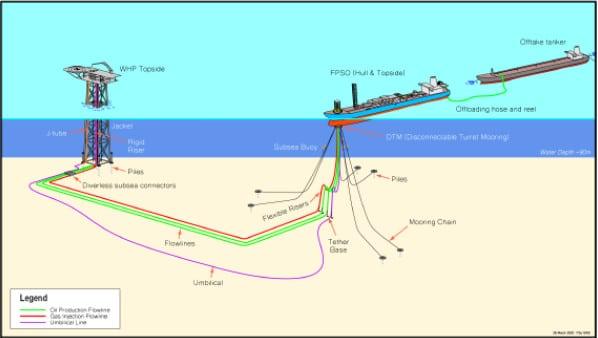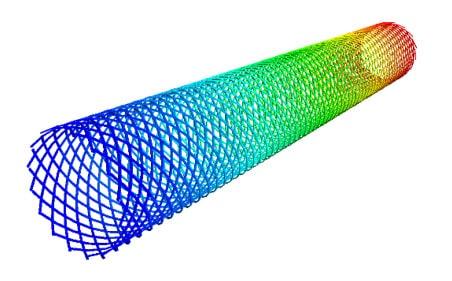Stabilizing large diameter natural gas pipelines on the seabed against extreme hydrodynamic loading conditions has proven to be challenging in the northwest of Australia. Tropical storms, which affect the area annually between November and April, can generate wave heights exceeding 30 m and onbottom steady-state currents of 2 m/s or more. Consequently, in shallow water depths, typically less than 40 – 60 m, subsea pipelines can experience very high hydrodynamic loads, potentially causing significant lateral movement. If the seabed is rugged, or at locations where the pipeline approaches a point of fixity, this can lead to the pipeline suffering mechanical damage, which is undesirable.




